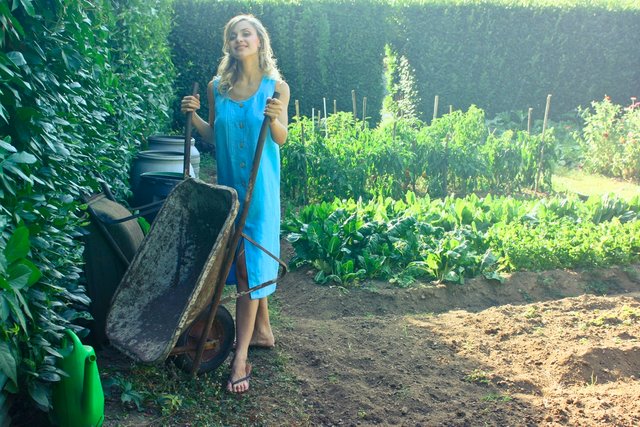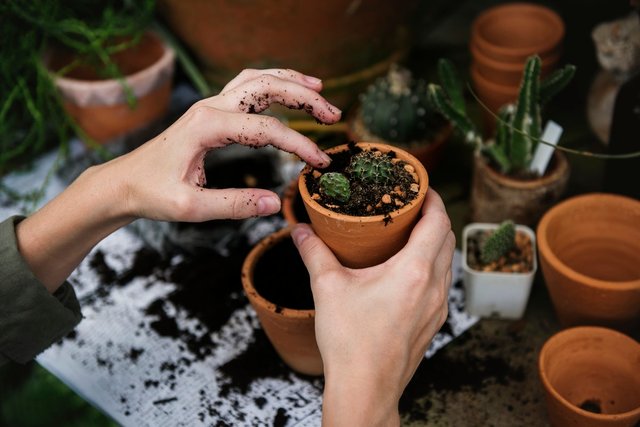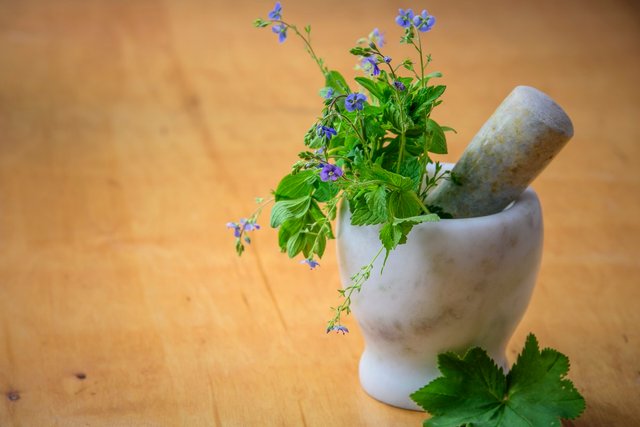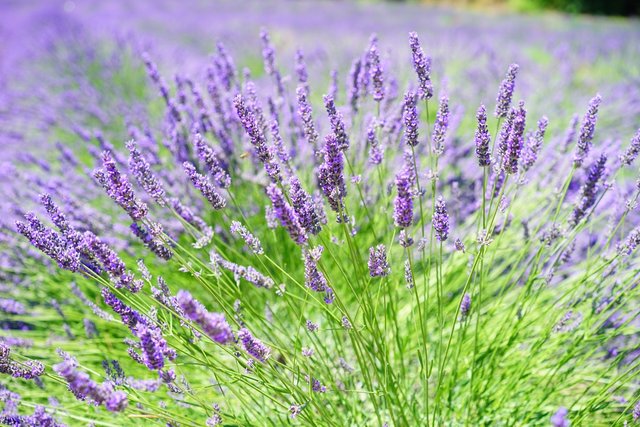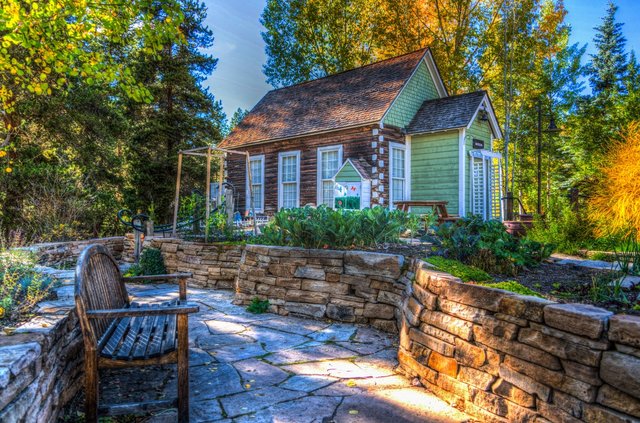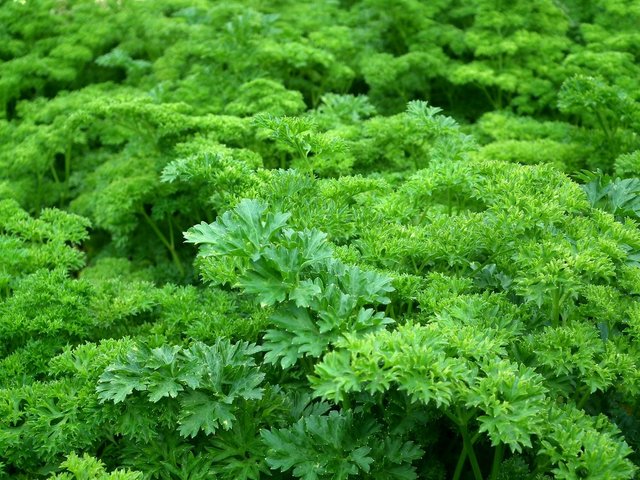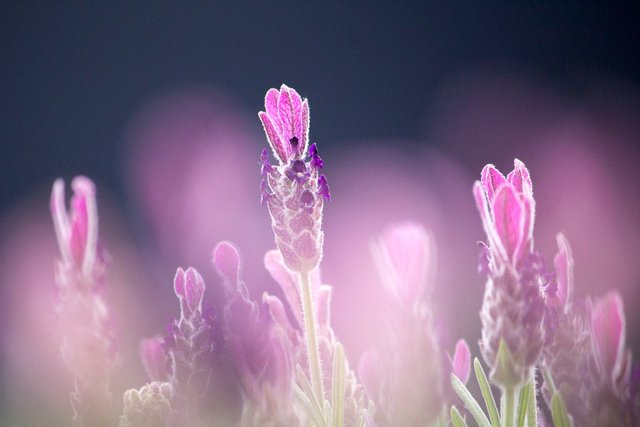The selection of herbs for gardens of any size. Spring is the ideal season to create your own personal vegetable garden. Try it too! We explain how to cultivate not only traditional cooking herbs but also exotic varieties in the flower bed or in pots, in the balcony or on the window sill.
Garden
What is the ideal cultivation technique? If you have enough space in the garden, you can plant one or two beds of herbs. With so much space available, a spiral of aromatic herbs is as beautiful as it is practical: it is a three-dimensional spiral-shaped flowerbed, where it is possible to plant many varieties of different herbs. The advantage of the spiral of aromatic herbs lies in the fact that it offers different conditions: in the lower part of the spiral, the soil is more humid, while the upper part acts as a dry area.
In case of limited spaces (terrace, balcony or windowsill), the vases are a valid choice. However, you will need to use a little larger than the jars where herbs are sold primarily at the supermarket.
Potted plants
How to choose the right place? If you want to create a vegetable garden, then you must respect a golden rule: cooking herbs with soft, dark green leaves (e.g. basil, parsley, chives, dill or tarragon) do not grow well in the sun alone, but also in dim light. By penumbra, the gardeners intend places that in summer are exposed to the sun for about four or five hours. On the contrary, Mediterranean herbs with stems and stiff leaves like thyme and rosemary should be kept as much as possible in the sun.
Great variety of herbs:
Traditional spices such as parsley, chives, dill, and basil are the most popular and versatile in the kitchen. The idea is to grow them in a flower bed or in a pot, and do not require much attention. It is sufficient to water them properly and make fertilizer from time to time.
Equally simple to grow, perhaps a little 'more thirsty and particularly lush, are mint and citronella. Be sure to reserve sufficient space in the flower bed for these plants, otherwise place them in a separate pot.
Herbs for Mediterranean cuisine
Thyme, rosemary, oregano or sages give the Mediterranean cuisine its authentic aroma. Easy to grow, these cooking herbs need little water and lots of suns. Hint: Mix some sand in the soil.
Herbs
Versatile aromatic plants directly from the vegetable garden: Tarragon, celery or chervil are less popular but very versatile aromatic plants. These herbs need regular watering, occasional fertilization, and a sunny or dim light.
For beginners, the rocket is easily cultivated and gives the best of it as soon as it is harvested. It is a very simple species of grass to grow in a flower bed or in a pot, in the sun or in semi-darkness: it requires only a regular supply of water.
Lover of the shade and rich in vitamins, nasturtium is very thirsty. This tasty herb should always be kept moist.
How to make a garden of aromatic herbs with exotic plants
Do you want to taste the taste of garlic without having to worry about the bad breath that comes with it? Then try the chives: easy to grow, guaranteed result. This herb tastes very similar to garlic and does not leave an unpleasant breath in the mouth.
Many know the Wasabi in the form of pasta or powder. This spice with an intense flavor is obtained from the root of the Japanese horseradish. However, not everyone knows that even the leaves of the Wasabi plant, which must be eaten raw, have a pleasant taste that goes well with fish dishes. The Wasabi plant likes shade and moisture.
Herbs with a thousand uses
Little known, the borage - also known as dill - is not only used to flavor the cucumber salad. Its bright blue flowers are edible and highly appreciated by bumblebees as a source of nectar. Borage grows well almost anywhere and takes up little space.
Simple to grow, lavender attracts bees and gives a particular aroma not only to meet but also to drinks and desserts. It grows best when exposed to the sun and needs little water. Are you looking for a variety of beautiful and good-looking grass? Then the topology is right for you. The whole plant is edible: its marvelous flowers, the stems and even the capsules containing the seeds. It needs a lot of water. It grows in a particularly luxuriant way, growing it in a place in semi-darkness and fertilizing it every two weeks.
